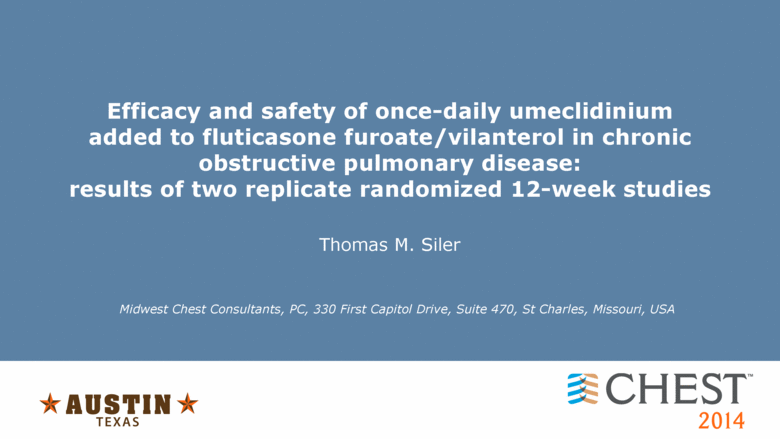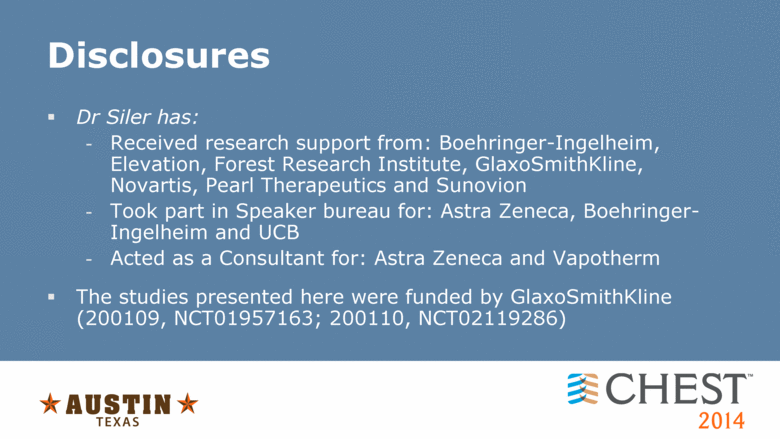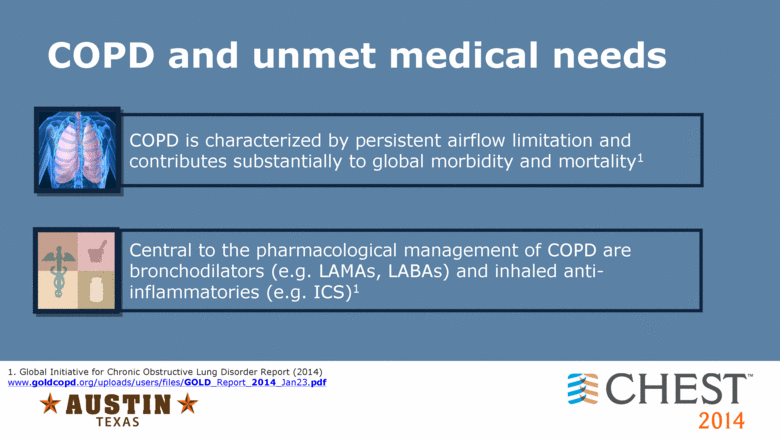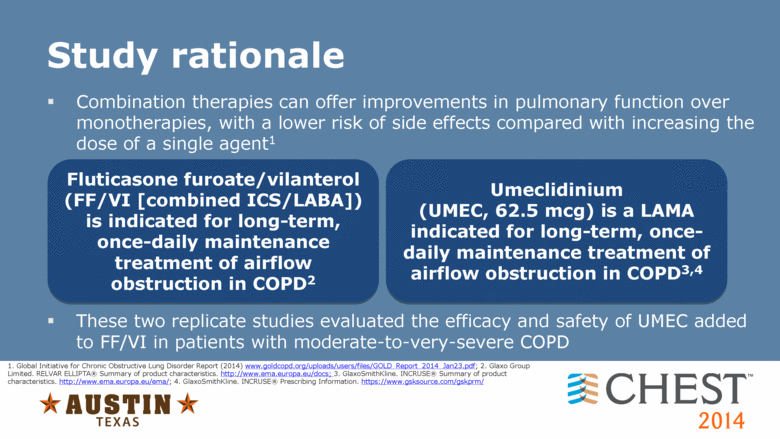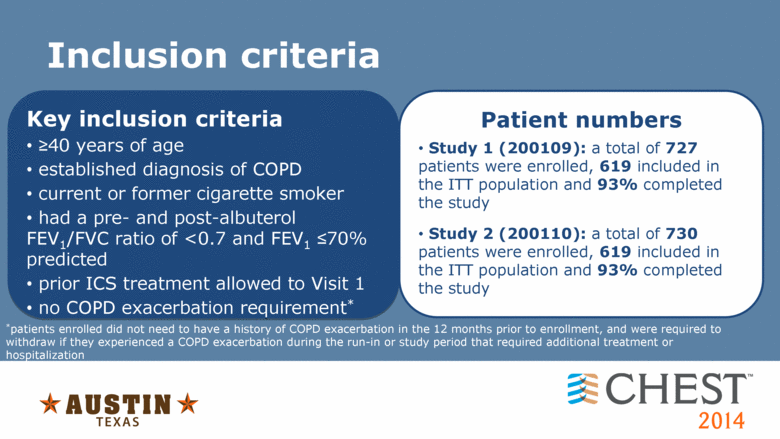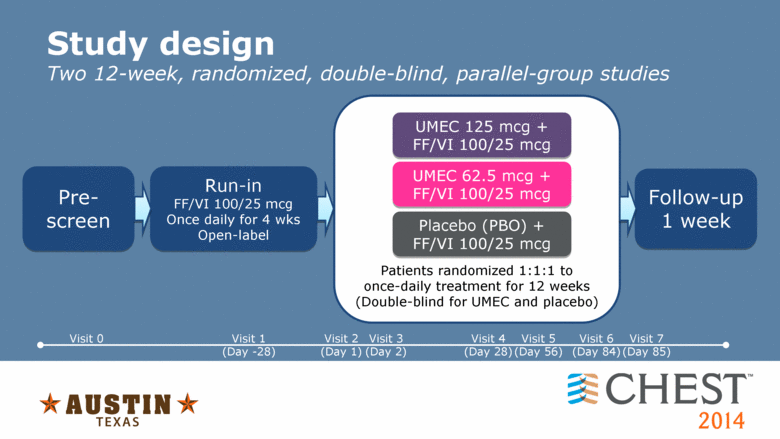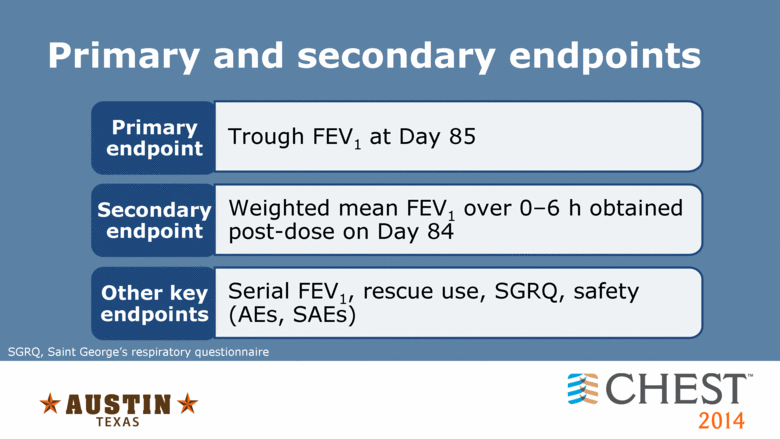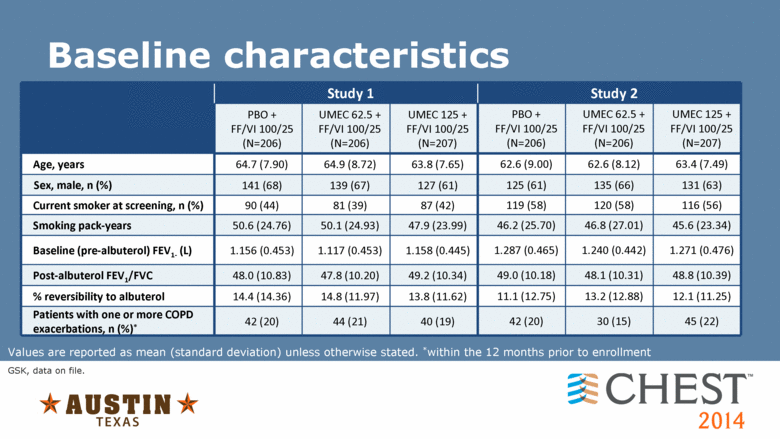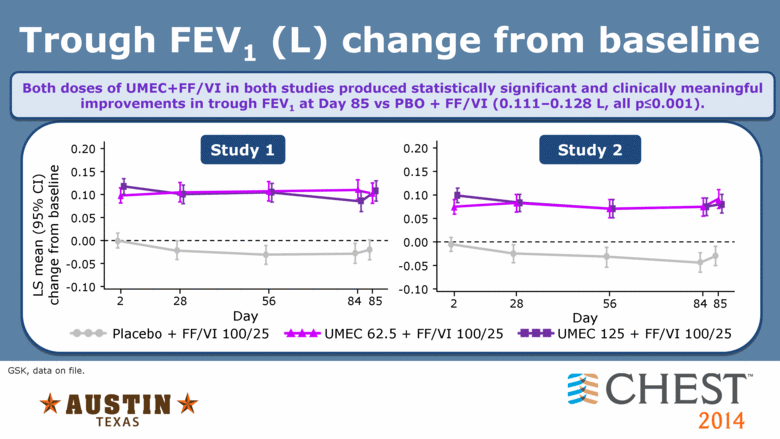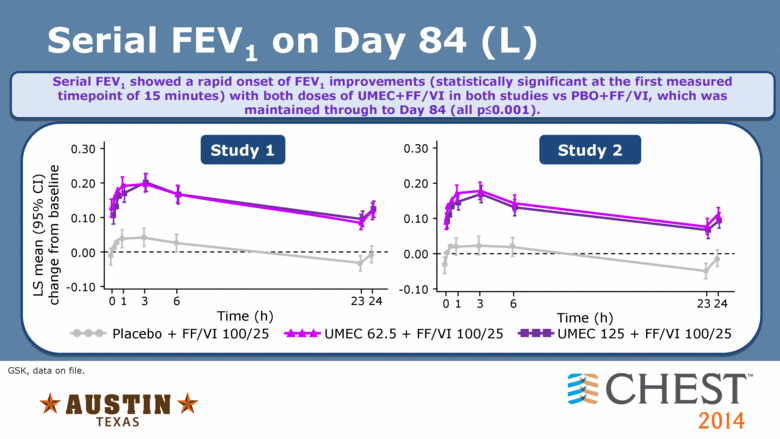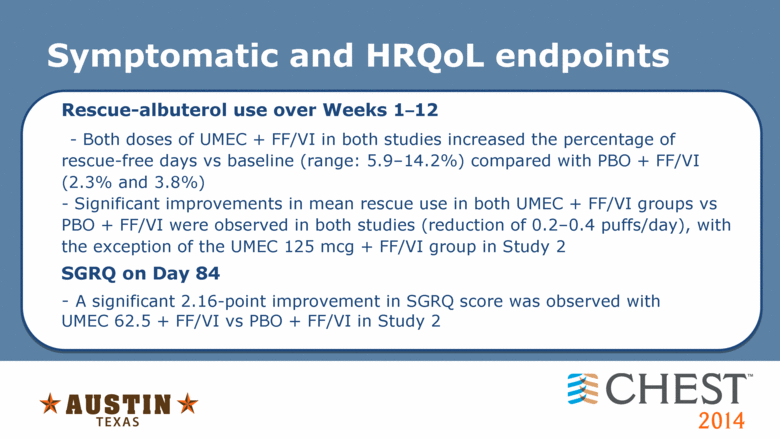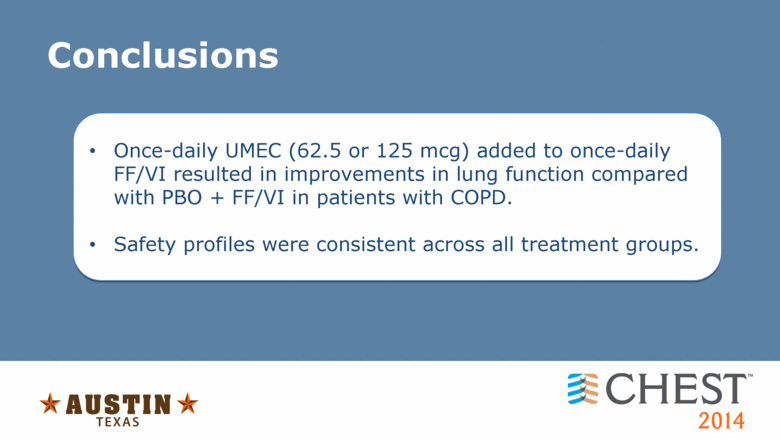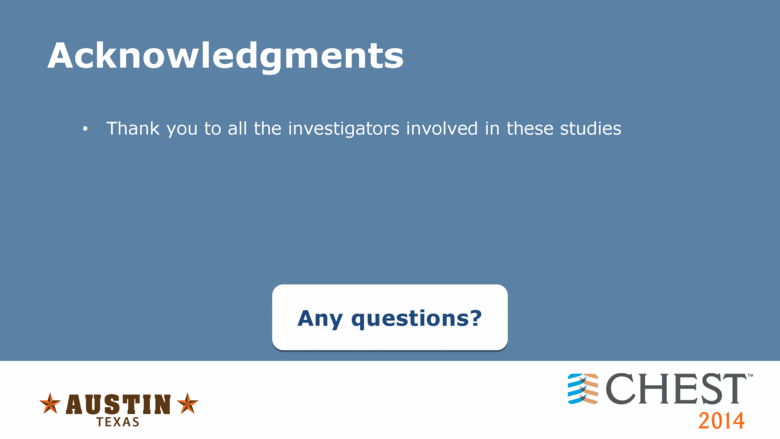Free signup for more
- Track your favorite companies
- Receive email alerts for new filings
- Personalized dashboard of news and more
- Access all data and search results
Filing tables
INVA similar filings
- 19 Nov 14 Patient recruitment completed in a world-first COPD lung study being conducted in the unique ‘research city’ setting of Salford, Greater Manchester
- 13 Nov 14 Regulation FD Disclosure
- 30 Oct 14 Results of Operations and Financial Condition
- 28 Oct 14 Other Events
- 27 Oct 14 Other Events
- 21 Oct 14 Regulation FD Disclosure
- 17 Oct 14 Other Events
Filing view
External links
